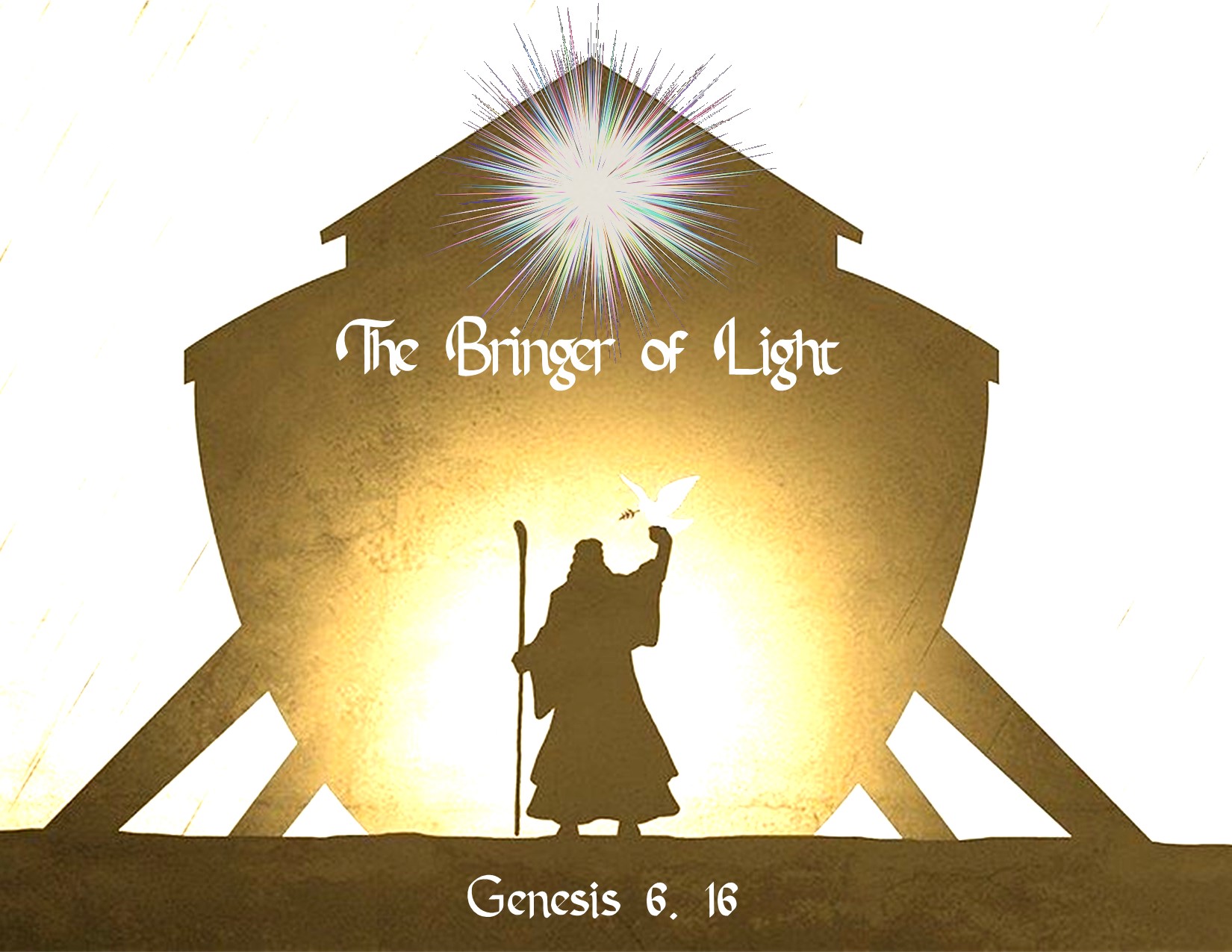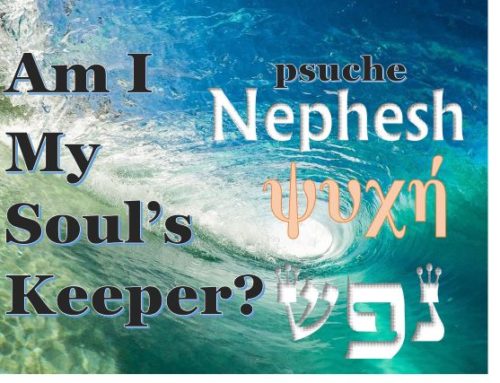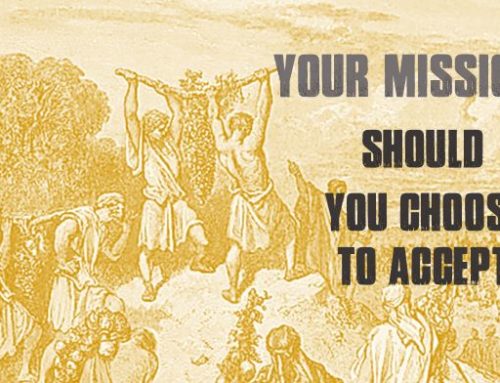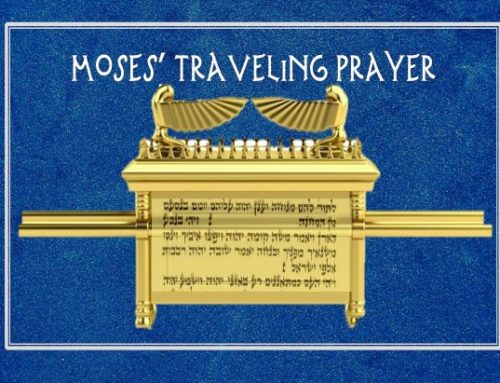Parashat Noach (Noah), (Genesis 7.9-11.32, Isaiah 54.1-55.5)
“You shall make a window (tzohar) for the ark, and you shall finish it to a cubit above.” Genesis 6.16 NKJV
Sixteen-year old Albert Einstein imagined himself “chasing a light beam”, 300,000 kilometers per second, or ninety-three million miles in eighteen minutes, the time it takes sunlight to reach earth. He theorized what that beam would look like at equal velocity.[1] Last week’s Torah Portion revealed a light, “ohr” in Hebrew, created before the sun, moon and stars, the source of which is the Creator. The Psalmist says the Lord wraps Himself with light as a garment. (Ps. 104.2) Some believe Adam and Eve were also clothed by that light (ohr) before the Fall. This week’s Torah portion however reveals a different word for light, a word which only appears once in Scripture. Noah was called upon to be a bringer of that light, “to make a tzohar”. But what is a tzohar?
The Hebrew tzohar (צֹהַר), often translated window, has been variously rendered as light, roof, opening, and skylight. Even the Greek Septuagint struggled to render it accurately.[2] Was the tzohar an opening for light, or the light source itself? The window from which Noah sent both the raven and dove (Gen. 8.6-12) is distinguished from tzohar by a different word, chalon. Tzohar, speaks of illumination, resplendent, radiant light, likely related to the Biblical zohar, slightly different spelling. For those eight souls however, and the remaining animals looking up through the decks of that ship, it meant life. Many see Noah as a type of the Messiah. Peter describes that ancient ship on the swells of the flood as humanity saved through baptism. For the next few moments however, we will chase Noah’s light beam, the tzohar, as a type of the Messiah, dispelling the darkness, giving light to world, and light and life to the perishing.
I. Light in the Darkness
“The people walking in darkness will see a great light. Upon those dwelling in the land of the shadow of death, light will shine.” Isaiah 9. 1 TLV
A small extended family and the representative animal kingdom entered a wooden vessel enclosed on all sides except for this light – the tzohar. What was the tzohar? The great Jewish exegete Rashi gave two interpretations.
“Tzohar A LIGHT – Some say this was a window; others say that it was a precious stone that gave light to them.” Rashi, Gen. 6. 16[3]
Like “ohr”, the tzohar was an answer to darkness. While storm clouds rolled through the atmosphere, the tzohar was over their head. We were made for light. In humanity’s most challenging moment, light was necessary.
Tzohar only appears once in singular form. It does appear with a double ending form for two of something, such as two hands, feet, or eyes. In this case, tzoharayim refers to the doubled rays of the sun, in both Biblical and modern Hebrew, noon, full strength! Though designed to bring in the full light, if it is a window it was framed with fixed dimensions. I am sure some dark crevices of that ancient boat still longed for the illumination. Also, only during certain hours could a window funnel warmth and light into the darkness.
Scripture reveals God and Messiah as the “Light and Life of men”. John 1.4. In Him, there is no shadow of turning.
“Every good gift and every perfect gift is from above, coming down from the Father of lights, with whom there is no variation or shifting shadow.” James 1. 17 TLV
God’s Light always shines at its zenith. Some run to and others from, but none can ignore His Light.
II. Light of the World
“Yeshua spoke to them again, saying, “I am the light of the world. The one who follows Me will no longer walk in darkness, but will have the light of life.” John 8. 12 TLV
Noah’s tzohar, gave light to all of humanity. All huddled toward its healing rays.
The story is told of a man walking Scotland’s narrow streets between its high houses. So high in fact, sunlight never reached the houses on one side. Suddenly the man spied a boy at the end of the street casting the sun’s rays into a darkened window. “Son, what are you doing?” he asked. “Do you see the window up there? Well, my wee brother had an accident two years ago, and is always lying on his back in that room, and it is on the wrong side to get the sunshine, so I always try to catch the light in this wee glass and shine it into his room.” This is a picture of Noah bringing light and warmth into the room of crippled humanity. Can it also be a picture of us directing the Good News of Messiah the Light of the World into a dark world? As Noah created an opening for the Light to shine through, so must we.
III. Life and Light of Men
“In Him was life, and the life was the light of men.” John 1. 4 TLV
Light and life are paired in Scripture. Ps. 27.1, Pr. 6. 23, 16. 15, Jn. 1. 4. Read any biology textbook, and you quickly find life is dependent on light. It has been called the “basic source of energy that maintains the ecosystems.” We know this as photosynthesis.
“The process by which green plants and certain other organisms transform light energy into chemical energy.”[4] Encyclopedia Britannica
If this is true in the physical, how much more so in the spiritual. Yeshua’s entrance into this world was Light invading the darkness. You were designed to come alive with His life. What must Adam have been like clothed Light? Noah is our example. We dare not close ourselves from His light. Some have compared life to the ark traversing the oceans of life. If so, Noah’s command is our commission, create an opening for the Light to shine. Perhaps we need renovation to install a great skylight of God’s love to pour through. Make it big enough to illuminate every dark corner and wide enough to send out God’s love like a dove to this world.
Conclusion
One righteous man brought light to the entire world, and all were saved through the waters. (I Peter 3. 20) Through One-man, Yeshua, the Son of God, the Light of God has come. He is the builder of our ark of salvation. He is the Light and Life of men. Noah built according to a heavenly blueprint whose only source of light was a radiant tzohar. The important thing is not whether the tzohar was a self-producing light or a window? Man needs the Light. Noah’s tzohar, is a type of the Messiah, the ultimate bringer of Light. The instructions of placement were important, “Finish it a cubit from the top”. (Gen. 6. 26 NASB) Many build lives according to their own plans, with windows facing their neighbors. They measure themselves by those around them in muted light and shadow. Noah focused his family to the full-strength illumination from above. Today as we begin a new year’s reading cycle for the Bible, let us allow God’s word to bring renovation and restoration, removing barriers, so that His Light can shine through from its proper angle and strength. May the life and Light of God illuminate your hearts and lives today.
Shavuah Tov from Zion
[1] “Chasing a Beam of Light,” accessed October 13, 2020, http://www.pitt.edu/~jdnorton/Goodies/Chasing_the_light/.
[2] See Adam Clark’s Commentary on Genesis 6. 16
[3] Aaron BLASHKI et al., Pentateuch, with Targum Onkelos, Haphtaroth and Prayers for Sabbath and Rashi’s Commentary. Translated … and Annotated by Rev. M. Rosenbaum and Dr. A.M. Silbermann, in Collaboration with A. Blashki and L. Joseph. Heb. & Eng (Shapiro, Vallentine & Co.: London, 1929). 28.
[4] James Alan Bassham and Hans Lambers, “Photosynthesis,” Encyclopædia Britannica (Encyclopædia Britannica, inc., March 17, 2020), https://www.britannica.com/science/photosynthesis.
